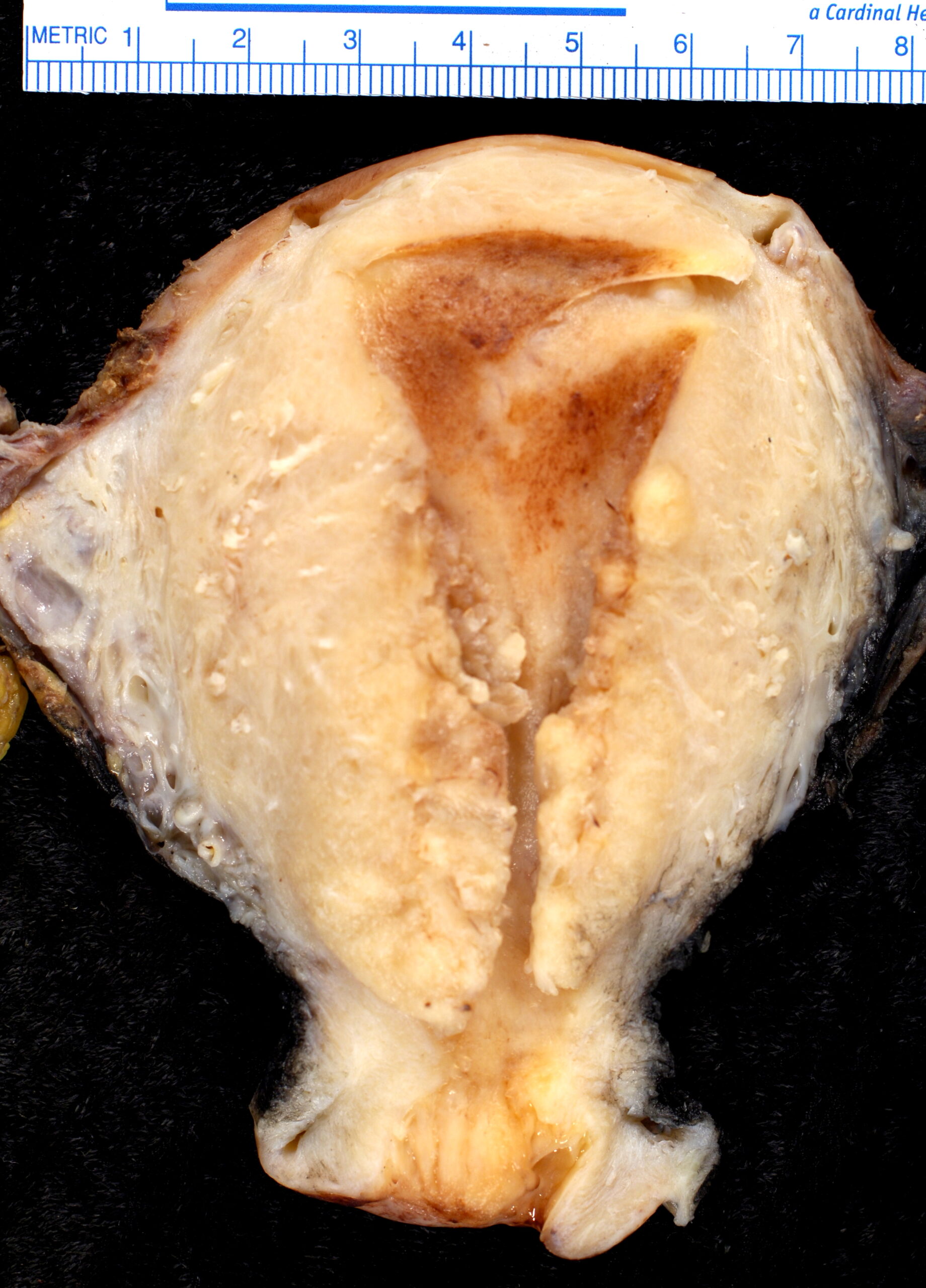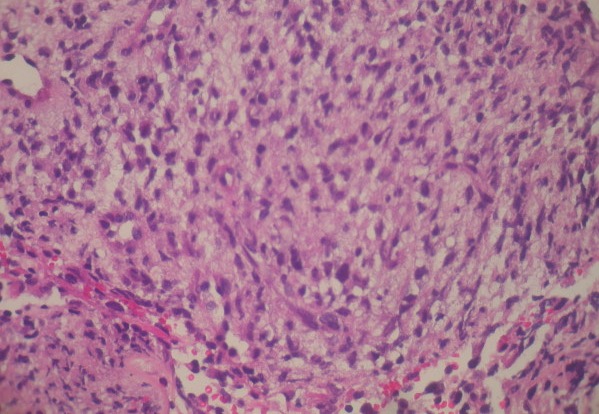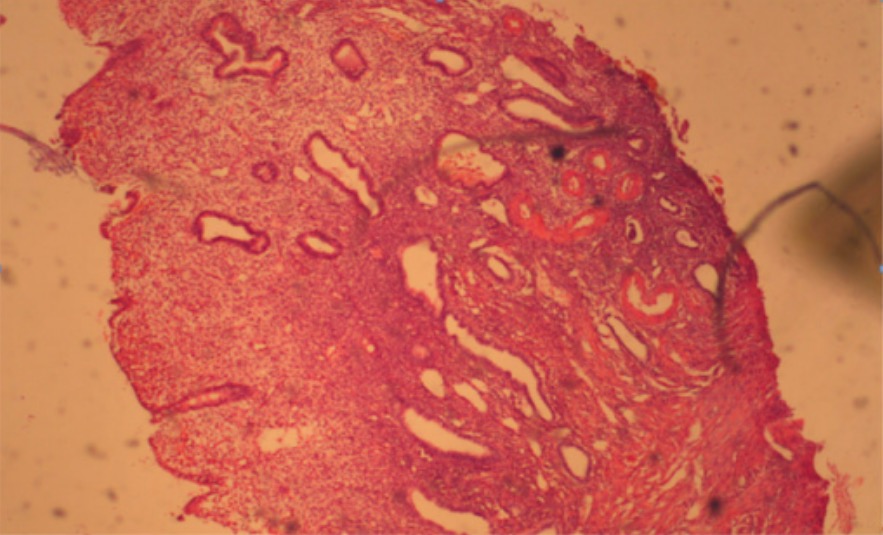Playlist
Show Playlist
Hide Playlist
Causes of Dysfunctional Uterine Bleeding
-
Slides Uterus Female Repro.pdf
-
Download Lecture Overview
00:01 Our topic at first begins while looking at dysfunctional uterine bleeding. 00:05 What does that mean? Your female, well, she’s till having her menses. 00:10 She’s in her reproductive age, but unfortunately, she’s having bleeding abnormally. 00:15 Cause usually depends on the age group and that becomes important and we will go through those various age groups. 00:22 You can have dysfunctional uterine bleeding and female not have ovulation. 00:28 She might have dysfunctional uterine bleeding and a cause here could be endometrial. 00:34 And by endometrial, I mean a polyp. 00:36 There could be dysfunctional uterine bleeding and leiomyoma. 00:40 Keep in mind though, obviously, there will be dysfunctional uterine bleeding, but there would be also quite a bit of pain when she’s bleeding. 00:47 You call that dysmenorrhea. 00:48 There’ll be a number of terms here in uterine pathology that sound quite alike. 00:53 Amenorrhea, dysmenorrhea, dysfunctional uterine bleeding, so on and so forth. 00:58 It is important that you keep one completely separate from the other. 01:03 Or there might be endometrial hyperplasia, which may then also result in dysfunctional uterine bleeding. 01:10 Causes of abnormal uterine bleeding can be remembered with the acronym “PAML-COEIN.” PALM refers to the structural causes, which include polyps, adenomyosis, leiomyoma, and malignancies, such as endometrial cancer or uterine sarcomas. 01:27 COEIN refers to nonstructural causes of abnormal uterine bleeding, and includes coagulopathies (such as von Willebrand’s disease), vulatory dysfunction (including polycystic ovarian syndrome, primary ovarian insufficiency, and other endocrine disorders, as well as age-related issues, such as menopause), endometrial (including endometriitis, pelvic inflammatory disease, or endometrial atrophy), , iatrogenic causes (such as contraceptives, intrauterine devices, anticoagulants, and chemotherapy). 01:59 The last category, “not otherwise classified,” includes rare causes, such as an arteriovenous malformation. 02:08 Now, what’s interesting about this as well is that nowadays, dysfunctional uterine bleeding is going out of favor and is being replaced by, well, abnormal uterine bleeding. 02:20 Let me give you an example of something that you need to know here. 02:23 It’s a pathophysiology question. 02:26 For example, in the first phase of your menstrual cycle, you have estrogen, do you remember? The first phase of your menstrual cycle. 02:35 This estrogen is then responsible for the proliferation of the endometrium, isn’t it? Proliferation of the endometrium, hmm. 02:42 This proliferation -- Picturing this by the way, a rise in thickness or increase in thickness of the endometrium. 02:51 When the thickness of the endometrium increases, then my goodness, you need to make that you keep the tissue alive. 02:58 Anytime that you have such a growth that’s taking place, you have to make sure that you have equivalent amounts of blood supply. 03:03 Do you remember this from physiology? This will be really good time to make sure that you go back in physio and take a look at the menstrual cycle. 03:13 And at this point, I will at least ask you to take a look at the hormones and the changes that are taking place within the uterus, of your menstrual cycle. 03:22 So far, I have explained to you or I have reviewed the proliferative phase. 03:27 What may then happen in an anovulatory cycle is the following: You have a really thick endometrium, maybe the spiral arteries that are responsible for nourishing your endometrium are not present or inadequately present. 03:46 Would you tell me the name of the hormone that’s responsible for proper maintenance and patency of your spiral artery? Did you say progesterone? Nice job. 03:57 What if progesterone wasn’t present? Uh-oh. 04:00 Spiral arteries would not be patent. 04:02 Uh-oh. 04:04 What then happens to the thickened endometrium? Oh, dysfunctional uterine bleeding. 04:10 And is she ovulatory or anovulatory? She’s anovulatory. 04:18 If you missed that point, and you didn’t exactly follow what I’m saying, probably good idea for you to press repeat right now, and listen to everything that I just mentioned. 04:29 Alongside with this, keep a picture of your menstrual cycle open and follow at least what I just mentioned here, with the proliferative phase.
About the Lecture
The lecture Causes of Dysfunctional Uterine Bleeding by Carlo Raj, MD is from the course Uterine and Fallopian Tube Disease.
Included Quiz Questions
Which of the following statements about abnormal uterine bleeding (AUB) is TRUE?
- The most common causes vary by age group.
- PID plays an important part in pathogenesis.
- The cause is usually a gene abnormality.
- Repeated STIs are a common cause of AUB.
- AUB and dysmenorrhea are synonymous.
Which hormone is responsible for the proliferation of endometrium?
- Estrogen
- Progesterone
- Aldosterone
- Testosterone
- Follicle-stimulating hormone
Which of the following is NOT a cause of abnormal uterine bleeding?
- Ureteral stone
- Endometrial hyperplasia
- Endometrial polyp
- Leiomyoma
- Anovulation
Customer reviews
5,0 of 5 stars
| 5 Stars |
|
5 |
| 4 Stars |
|
0 |
| 3 Stars |
|
0 |
| 2 Stars |
|
0 |
| 1 Star |
|
0 |






